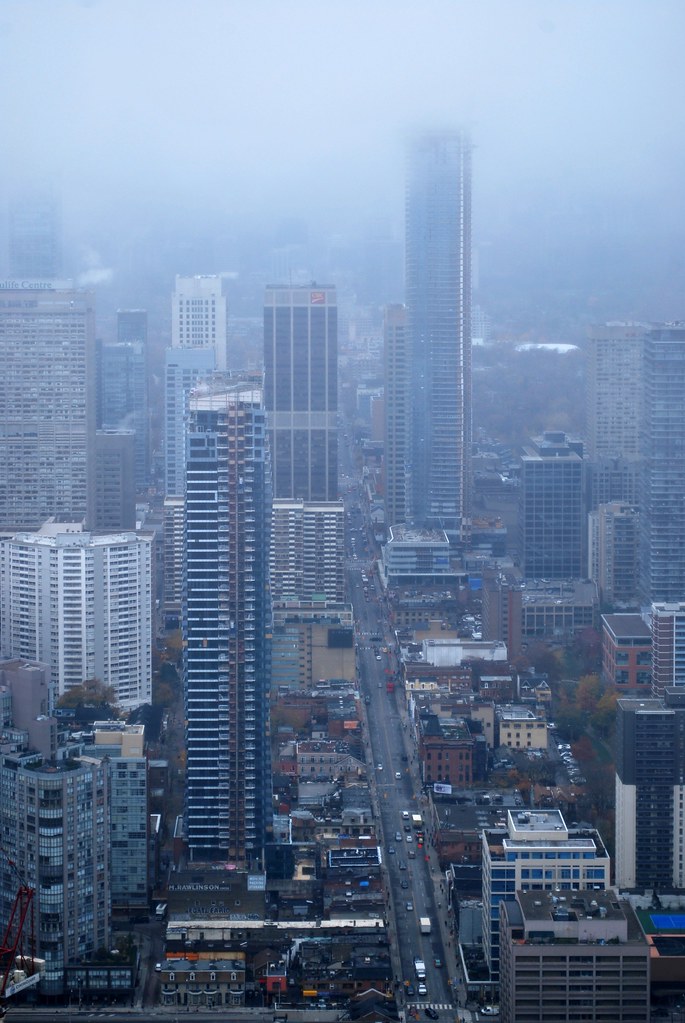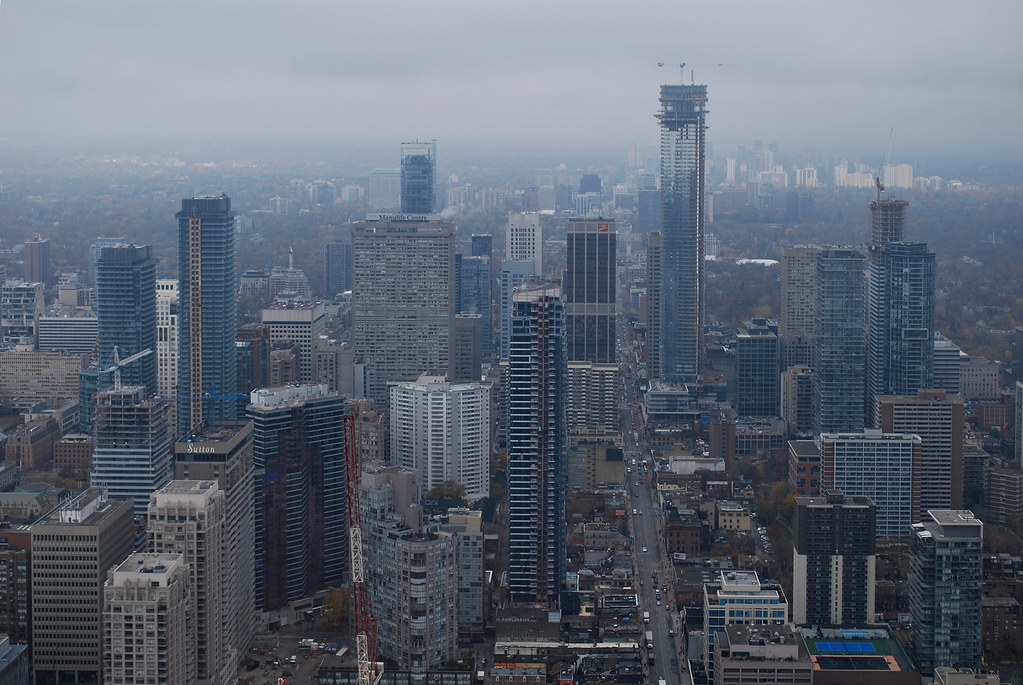Skeezix
Senior Member
Member Bio
- Joined
- Apr 25, 2007
- Messages
- 4,343
- Reaction score
- 2,688
- Location
- East of this, west of that
How would a Councillor or anybody else know what type of retail a neighbourhood needs? The free market should be the only determinant of that.
If 10 restaurants and 1 dry cleaner can thrive, so be it. If 1 restaurant and 10 dry cleaners can thrive, so be it.
That's what zoning does. No issue is left solely to the free market to determine, unclear why uses suddenly would be. Retail serves an important land use function. And nobody is suggesting that a Councillor should "dictate" the type of retail (it's ultimately up to Council, or the OMB on appeal). But when a developer is seeking amendments to the applicable planning instruments, it is valid for a municipality to consider the uses proposed for the site, and whether there are some uses that would have a negative impact. One very important principle of land use planning is that decisions are made in the public interest, not what is most profitable for the developer.
Last edited:



 Aura
Aura Aura
Aura